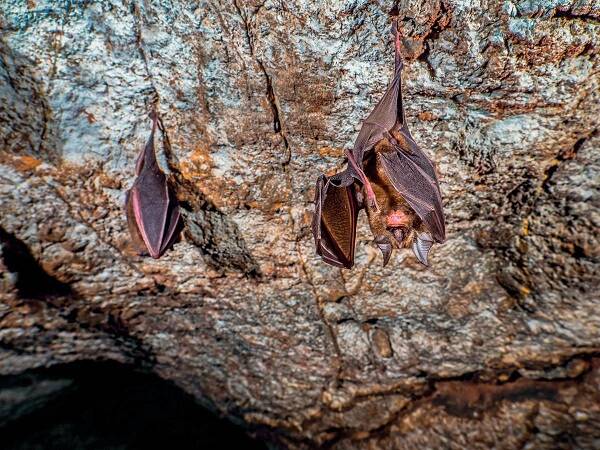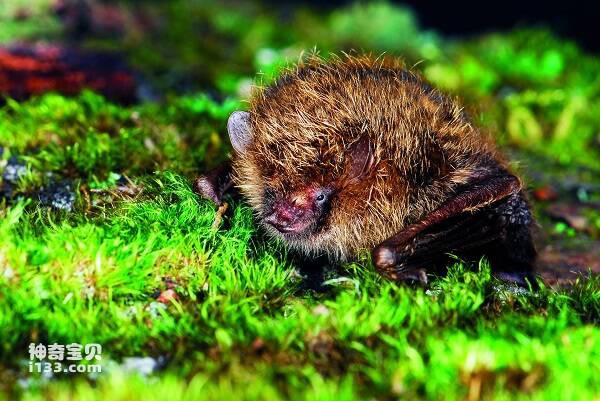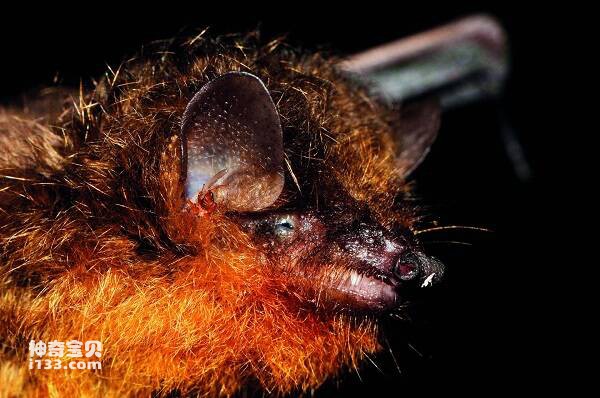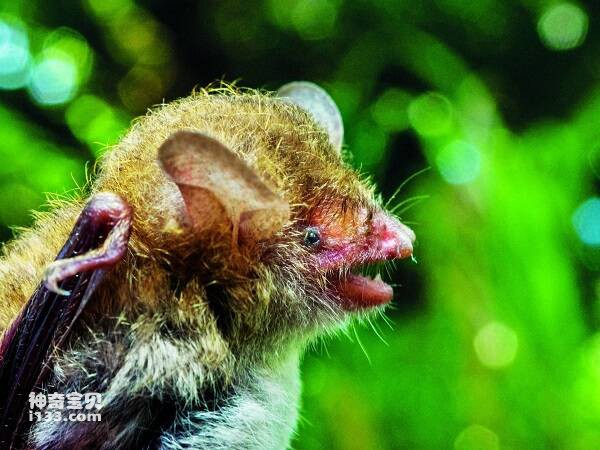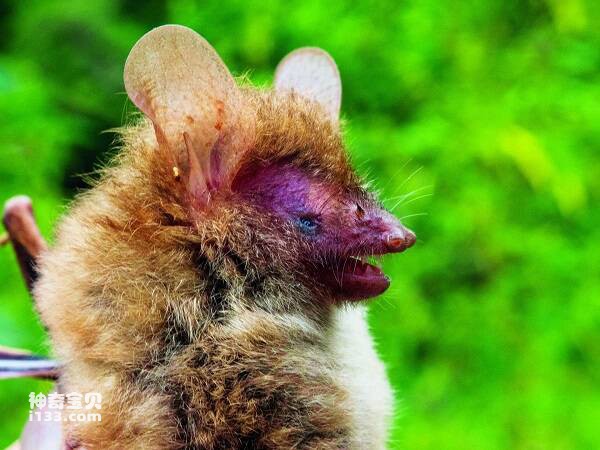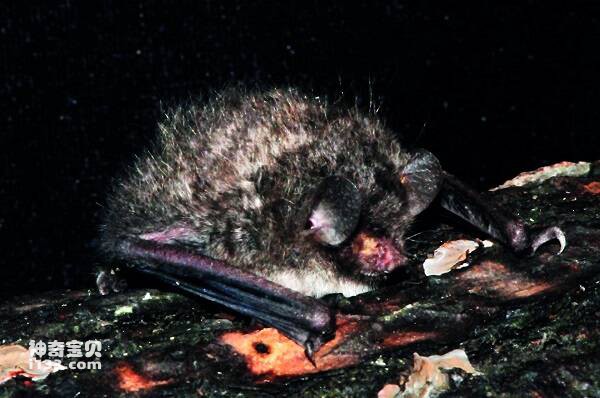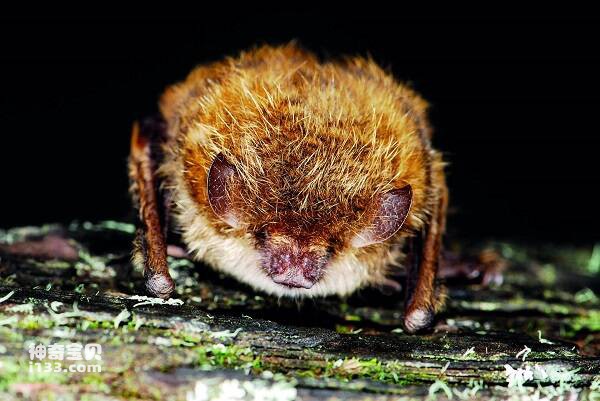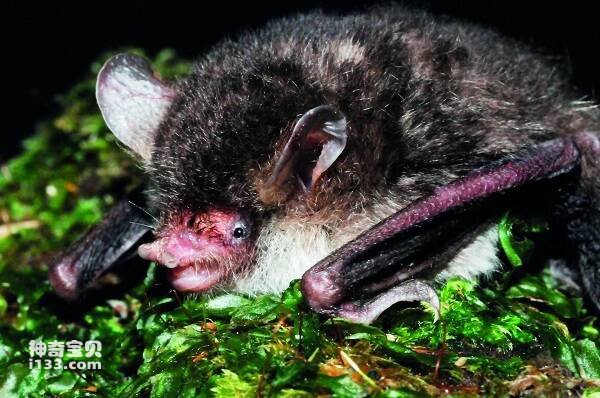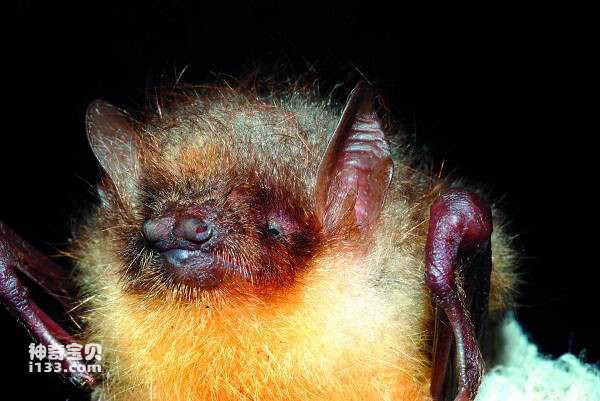Rhinolophus pearsonii
IUCN
LCBasic Information
Scientific classification
- name:Rhinolophus pearsonii
- Scientific Name:Rhinolophus pearsonii
- Outline:Chiroptera
- Family:Pterodactyla Chrysopteridae Chrysopterus
Vital signs
- length:
- Weight:
- lifetime:
Feature
The body hair is long and soft, tan or dark brown.
Distribution and Habitat
In China, it is distributed in Anhui, Fujian, Guangdong, Guangxi, Guizhou, Hubei, Hunan, Jiangxi, Zhejiang, Shaanxi, Sichuan, Tibet and Yunnan. It is distributed abroad in South Asia and Southeast Asia, such as Bangladesh, India, Vietnam and Malaysia.
The cave is not deep, about 40-50 meters, and weak light can be seen into the cave. The morphology and structure of calcium carbonate deposits in the cave are complex, and there are often broad-leaved forests or shrubs around the entrance.
Appearance
Medium size. Forearm length 51-60mm. The nose lobe is complex, the horseshoe lobe is broad, covering the upper lip; The saddle-shaped leaves have protrusions on both sides near the base, forming a base narrow at the top and wide at the bottom. The jointed leaf drops from the top of the saddle-shaped leaf to the bottom in a circular arc, and there is no concave gap between the jointed leaf and the saddle-shaped leaf. The alar membrane stops at the tibial base, and the posterior margin of the interfemoral membrane is flat and not conical. The body hair is long and soft, the back hair is dark brown or tan, and the abdominal hair is slightly light.
Details
Rhinolophus pearsonii (Rhinolophus pearsonii) is a member of the Rhinolophidae, genus Rhinolophus. The body size is medium, from the side view, the joint protrudent tip is low round, and there is no concave gap between the saddle-like structure, from the front view, the saddle-like structure is narrow in front and wide in back, but the front and back sides are parallel respectively.
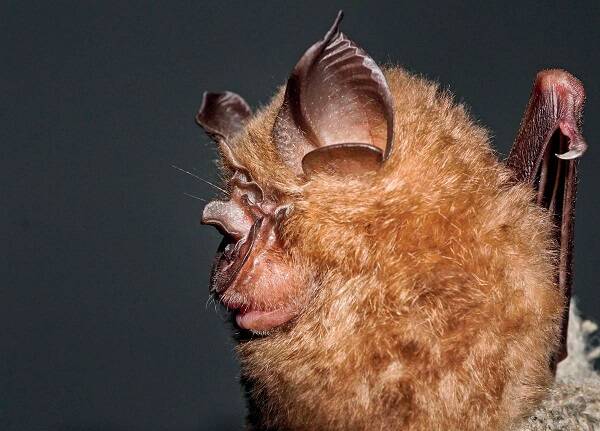
It lives in caves at altitudes of 1200-2000 m and lives in groups, hunting insects for food. The bats live in groups, often more than ten to dozens of them live together in a cave, but all hang alone on the rock wall or roof. More smart, any interference, then fly out of the hole. Often with hoofed bats, mouse-ejected bats, broken wing bats, etc., there is also a single population of hibernating in water caves, resting often in sheets or rows hanging upside down on the rock wall, and with a wing film wrapped around the body, the height of the habitat is generally 2-4 meters. In the evening, they go out to forage for food and catch insects, especially mosquitoes. The intestinal length is about 2.6 times of the body length (2.4-3.1), and the stomach contents are mosquitoes, lepidoptera insects and a few undigested elytrons. It is a beneficial animal that preys on insects, especially mosquitoes. Manure can be used as medicine and fertilizer.
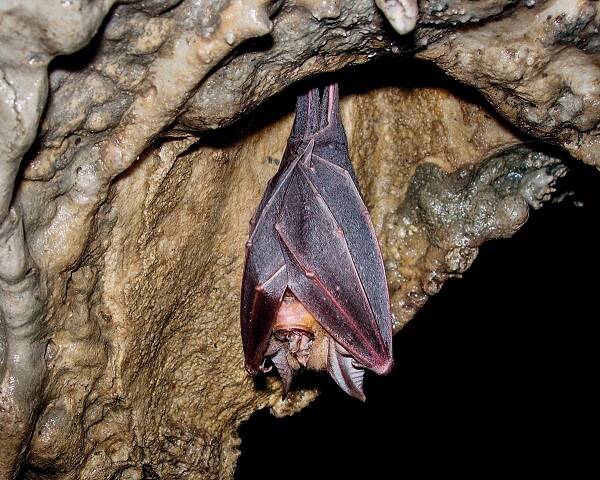
They mate in autumn or early winter and give birth after sleep. Each litter weighs 7 grams and has a forearm length of 29 mm. The young develop to sexual maturity in the autumn of the following year.
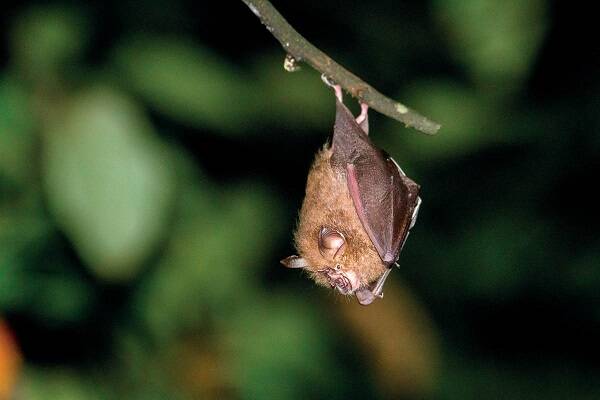
It is listed on the International Union for Conservation of Nature's (IUCN) 2008 Red List of Threatened Species ver 3.1 - Not Threatened (LC).